Insulated Vinyl Siding Prices in 2026
Insulated vinyl siding now averages around $8 per square foot installed nationwide, including materials and labor. On a typical 2,000 square foot home (exterior wall area), that works out to about $16,000 for a mid‐range insulated vinyl siding job. Costs vary widely depending on material choices, home size, architectural complexity, and region. Here’s a breakdown:
| Cost Component | Square Foot Cost | Total Cost (2,000 square foot exterior walls) |
|---|---|---|
| Total Project | About $8 per square foot | $16,000 to $20,000 |
| Materials | $2 to $7 per square foot | $4,000 to $14,000 |
| Labor & Installation | $3 to $6+ per square foot | $6,000 to $12,000+ |
Cost Per Square Foot
Here’s how much insulated vinyl siding costs per square foot in 2025, low to high:
- Low End: $4 per square foot
- Mid-Range: $7 to $10 per square foot
- High End: $11 to $13+ per square foot
Cost Based on Home Size
Using common home sizes and layouts, here’s what you can expect for insulated vinyl siding prices.
- Small (1,200 Square Foot Walls): $9,600 to $15,600
- Average (2,000 Square Foot Walls): $16,000 to $25,000
- Large (3,000 Square Foot Walls): $24,000 to $39,000+
Based on Number of Stories:
- One-Story Home: Tends to be on the lower end of cost per sq ft because access is easier, less scaffolding, fewer story height premiums. For an average one-story with 2,000 square feet of wall area, you might see $14,000 to $20,000 depending on insulation, trim, etc.
- Two-Story Home: Expect labor premiums, more complex rooflines, more height safety measures, so add maybe 10% to 25% more labor costs, pushing similar homes into the $18,000 to $28,000+ range for insulated siding with mid-range materials.
Factors that Affect Your Insulated Vinyl Siding Prices
Here are what mostly drive the cost up or down:
- Insulation Thickness and R-value: Thicker foam backing provides better energy savings but comes at a higher price.
- Style of Siding: Options like clapboard, board and batten, or wide panels with decorative trim can increase costs.
- Vinyl Quality: Premium colors, UV resistance, and longer warranties cost more but last longer.
- Old Siding Removal and Repairs: If your existing siding or wall sheathing needs work, expect extra charges.
- Home Design: More corners, gables, or dormers add time and complexity, which drives up labor costs.
- Local Labor Rates: Prices vary widely depending on your region.
- Home Height and Accessibility: A single-story home is quicker and cheaper to side than a two-story that needs scaffolding.
- Extra Materials and Permits: Disposal fees, building permits, and the need to order 10% to 20% more siding to cover waste can all increase your total.
How to Save Money on Siding
Here are strategies to reduce siding installation costs without sacrificing too much quality:
- Choose Mid-Range Insulation: Don’t overbuy if your climate doesn’t require very high R-value.
- Limit Trim and Decorative Detailing: Extra design features can drive up costs quickly.
- Plan During Off-Peak Seasons: Spring and fall are often less busy for contractors, which may mean lower labor rates.
- Compare Quotes: Get estimates from multiple installers to find the best value.
- Consider Partial Replacement: Cover only the most exposed walls if budget is tight, though full coverage gives the best benefits.
- Use Local Brands and Materials: Buying from regional suppliers helps reduce shipping and delivery costs.
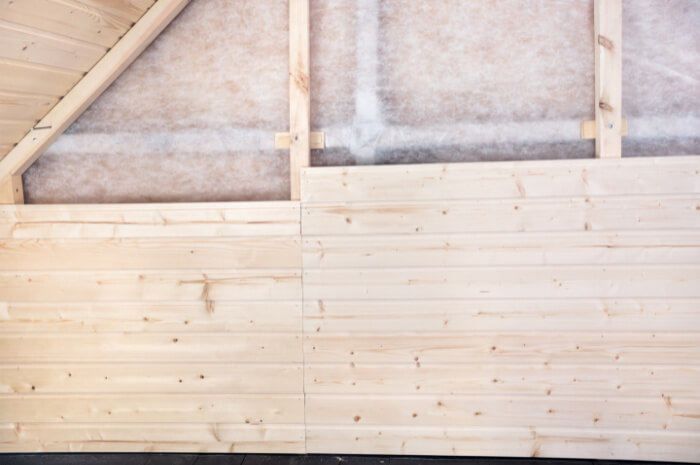
What to Know About Insulated Vinyl Siding
Insulated vinyl siding, sometimes called foam-backed siding, has a layer of rigid foam, usually expanded polystyrene (EPS), attached to the back of each panel. This built-in insulation helps keep heat from escaping in winter or entering in summer. It also makes the siding stronger, straighter, and less likely to sag over time.
- Who It’s Best For: This siding is a great fit for homeowners in areas with very cold winters or hot summers, since the extra insulation can lower heating and cooling bills. It’s also ideal if you want siding that looks sturdier, feels more solid, and gives your home a boost in curb appeal.
- Popularity Compared to Other Siding Types: Insulated vinyl siding prices are higher than standard vinyl. However, insulated vinyl is still more affordable than premium options like fiber cement, stone veneer, or natural wood. It delivers better energy savings than regular vinyl, though it won’t insulate as much as combining siding with heavy exterior insulation.
Pros and Cons of Insulated Vinyl Siding
Benefits
- Improved energy efficiency and potential reductions in heating & cooling costs
- Increased durability and resistance to warping or distortion of panels
- Better noise reduction from outdoors
- Improved appearance: straighter lines, less sag, more consistent finish
- Potential eligibility for rebates, tax credits, utility incentives in some locations
Disadvantages
- Higher upfront cost (materials + labor) compared to non-insulated vinyl siding
- Limited styles or color options in some brands or insulation levels
- Heavier panels can be more difficult to install and may require more skilled labor
- Potential issues if moisture gets trapped; proper installation (venting, flashings) is critical
- Warranty or performance might vary; inferior insulation or backing could degrade over time
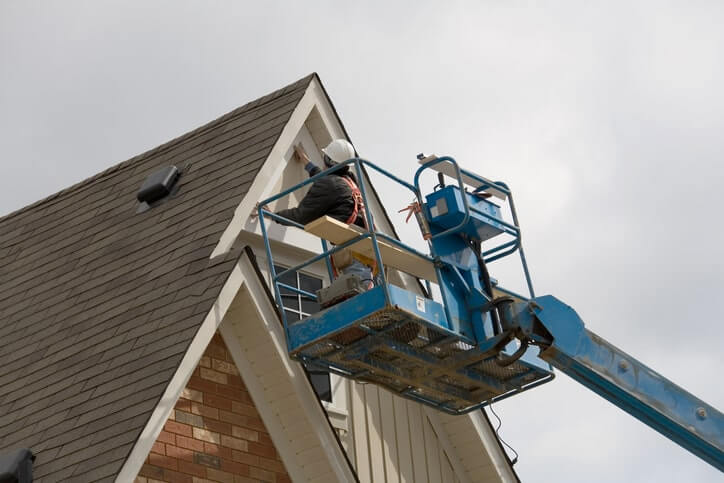
Top Insulated Vinyl Siding Brands
Here are some major brands that offer insulated vinyl siding products, along with their approximate cost per square foot (material plus typical trim/installation premium), and what they’re best for:
| Brand | Approximate Cost Per Square Foot | Best for |
|---|---|---|
| CertainTeed Siding | $5.00 to $9.00 | Balanced quality and style; strong warranty; good insulation options |
| Alside Siding (Prodigy line, etc.) | $6.00 to $8.00+ | Strong insulation, premium finishes, good color and texture variety |
| Norandex Siding | $5.00 to $7.00 | Mid-tier choice; good performance profiles with typical insulation backing |
| Royal Siding | $5.50 to $7.50+ | Premium finishes; better impact and weather resistance |
| Georgia-Pacific | $5.00 to $8.00 | Good for strong structural performance; may have more impact and durability features |
Costs vary based on region, insulation thickness, trim, labor & finishes.
Conclusion: Budgeting Your Insulated Vinyl Siding Project
Insulated vinyl siding gives your home improved energy performance, greater durability, and a cleaner, more rigid look, but you’ll pay more for those benefits. Nationwide in 2025, you’re looking at about $8 per square foot installed, which often translates to $16,000 for a 2,000-sq-ft exterior wall home, with lower and higher ends swinging from $6,000 up to $25,000+ depending on size, style, and materials.
To get the best value:
- Pick an insulation level that matches your climate
- Don’t overspend on trim and premium finishes unless they’ll significantly elevate value for you
- Get multiple bids to compare labor and material pricing
- Consider local incentives that offset upfront cost
With good planning, you can budget confidently — and get siding that lasts, looks great, and saves you money over its lifespan.
Compare top-rated siding pros in your area.
Read real homeowner reviews, explore qualifications, and view promotions. Modernize makes it easy to browse professionals and find one that will be perfect for your project.
-
Offers Available
- Siding
- Windows
Offers Financing OptionsBondedInsured34 Years of ExperienceView more less -
Offers AvailableDaBella4.5/5
- Siding
- Windows
- Bathroom
- Roofing
- Solar
- Walk in Tubs
- Gutters
Offers Financing OptionsBondedInsuredServicio en Español15 Years of ExperienceView more less -
Offers Available
- Siding
- Windows
- Roofing
- Insulation
- Gutters
Accepts Emergency RequestsOffers Financing OptionsBondedInsured8 Years of ExperienceView more less
-

Types of Siding for Homes
Types of Siding for Homes Siding comes in an array of materials that offer a variety of benefits and come at different price points. The national average cost to install... -
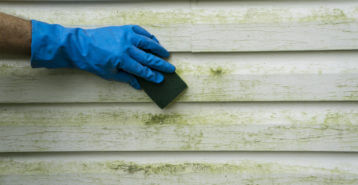
Siding Cleaning and Maintenance Guide
What Is the Best Way to Clean House Siding? The best approach balances low pressure, the right cleaner, and gentle tools. Start with the least aggressive method — a garden... -
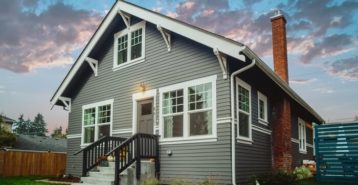
2026 Home Siding Cost Calculator
How Much Does Home Siding Replacement Cost in ? You can expect to pay $17,200 for mid-range siding for a 2,000 square foot house, or $8.60 per square foot installed.... -
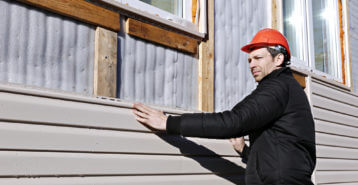
Siding Removal
How Much Does Siding Removal Cost? Most homeowners pay about $1,500 for siding removal, with a typical range of $2,050 and $3,750 for non-hazardous materials like vinyl or wood. Your price changes with... -
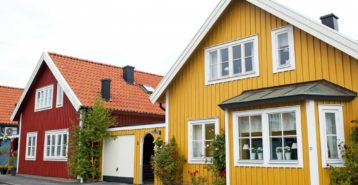
House Siding Colors
Siding Colors by Material Choosing a siding color is a big decision. The right palette should match your roof, complement your home’s style, and hold up to sun, rain, and... -
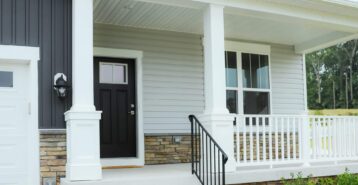
Energy-Efficient Siding
Siding is your home’s first defense against harsh weather. Energy-efficient siding offers better insulation, reducing the energy needed to heat or cool your home. Some siding types perform better than...


